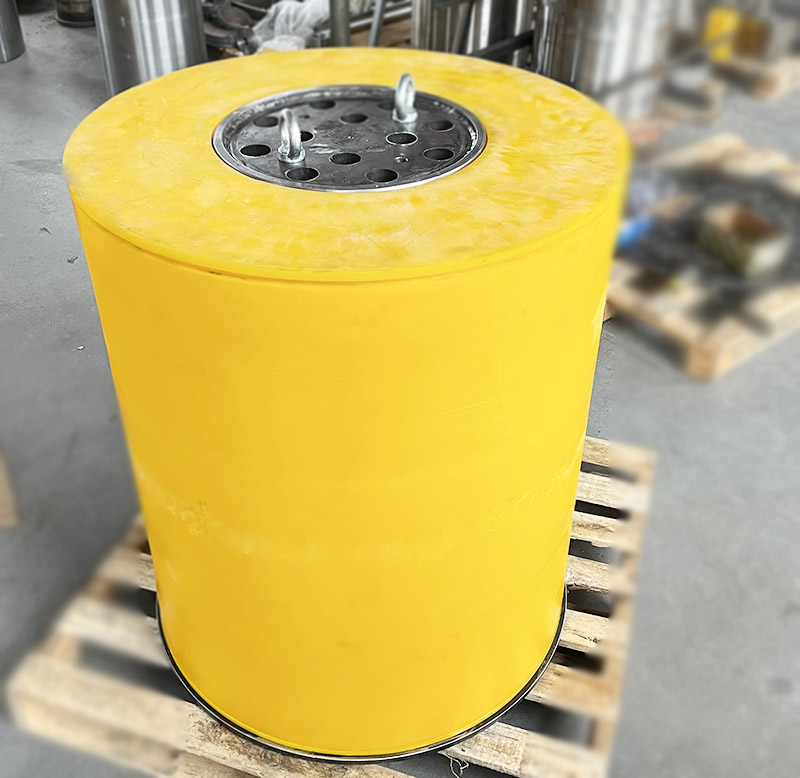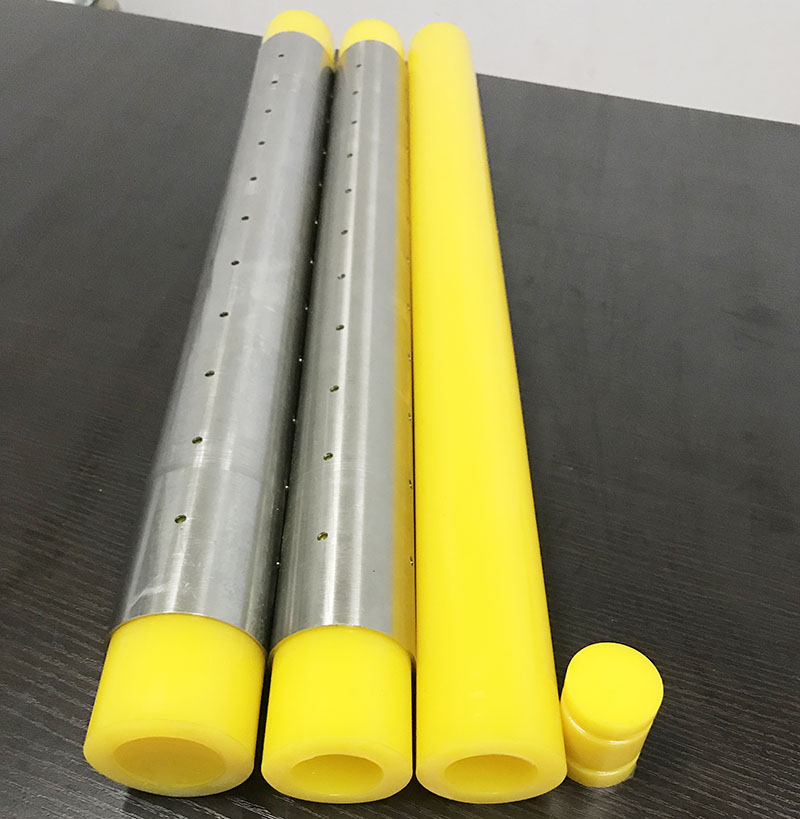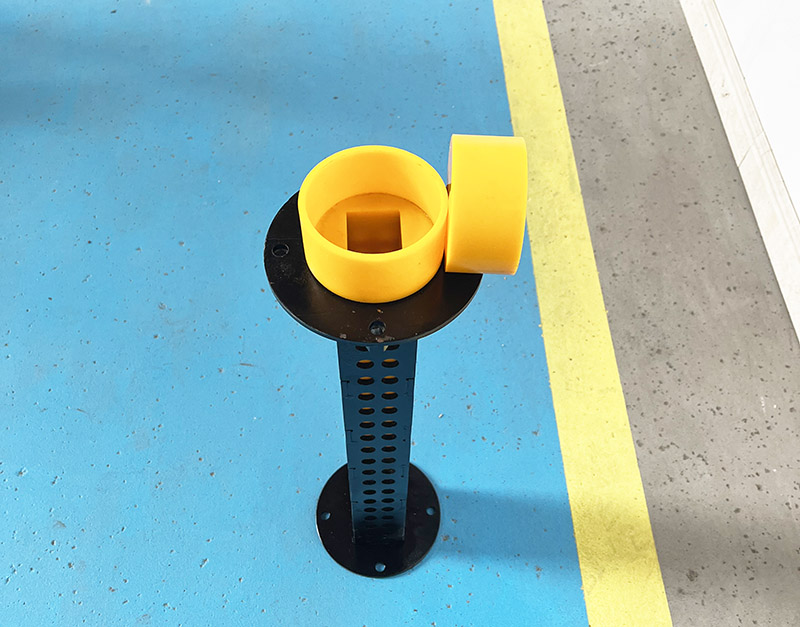

Cemented Carbide
Cemented carbide is an alloy material made of hard compounds of refractory metals and bonding metals through powder metallurgy.
Cemented carbide has a series of excellent properties such as high hardness, wear resistance, good strength and toughness, heat resistance and corrosion resistance, especially its high hardness and wear resistance, which basically remain unchanged even at a temperature of 500°C , It still has high hardness at 1000 °C.
The main uses of cemented carbide materials are as follows:
1. Cemented carbide materials are used to manufacture cutting tools, knives, cobalt tools and wear-resistant parts, and are used as polishing tools.
2. Carbide materials are especially suitable for stainless steel, frozen steel, hard chrome steel and steel rolls for aerospace industry and shipbuilding industry.
3. The particles of cemented carbide materials can be used in wear-resistant parts in the field of agricultural and mining machinery.
4. Cemented carbide materials can also be mixed with glue and welded to the hull with a spray gun to play a role in corrosion resistance.
Large-scale batch production is the basic condition for cemented carbide materials to be widely used in the manufacturing industry. When preparing cemented carbide, it is necessary to adopt a reasonable forming process and select appropriate forming process parameters to ensure a uniform structure and high Density, so as to obtain high-performance alloys. There are many molding processes for cemented carbide, conventionally used compression molding (ordinary metal mold compression molding), but in order to better improve the performance of the alloy, there are several representative methods as follows:
1 Extrusion molding method (PEM)
Powder extrusion molding (powder extrusion molding, PEM) is a mixture of powder and a certain amount of binder, plasticizer, etc., which is extruded into a blank of the required shape and size through an extrusion die. Good method for small, large radial length products. The basic process of PEM is as follows: powder body + binder - mixing - granulation - extrusion molding - degreasing - sintering. The PEM process can be operated at low temperature and low pressure. The length of the product is not limited, the longitudinal density is relatively uniform, and it has the advantages of strong forming continuity, low cost, and high efficiency. It has become the most important method for forming cemented carbide round rods. Moreover, people are now using hot extrusion forming methods to prepare dispersion strengthened materials and high temperature alloys.
2. Powder Injection Molding (PIM)
Powder injection molding (powder injection molding, PIM) is the product of the combination of traditional plastic forming technology and powder metallurgy technology. It is obtained by mixing and granulating the powder and molding agent, heating them in the injection molding machine to make them mix into a fluid substance with good fluidity, and then injecting them into the mold cavity through the injection nozzle under pressure, and condensing to obtain Preforms with homogeneous structure and complex geometry. The surface finish of the products produced by this molding method is good, and the shape is close to the shape of the final product. This process can keep the rheology of the powder better during the injection process, improve the interaction between the binder and the alloy powder, and improve the sintering performance. The process flow of PIM is roughly the same as that of PEM. Compared with traditional molding methods such as molding, they have the following advantages: the shape of the product is not limited; the density of the finished product is uniform; the applicability is wide; the shrinkage of each part of the product is consistent, and it can be better Control the dimensional tolerance of the product. Although the cemented carbide injection molding process has successfully solved the problem of product shape complexity, there is still a lot of work to be done to improve product performance, especially the control of carbon content.
3. Cold isostatic pressing (CIP)
Cold isostatic pressing (cold isostatic pressing) is at room temperature, the powder is placed in a closed liquid environment, and the liquid transfers ultra-high pressure powder molding. Since the pressure transmitted by the liquid medium is equal in all directions during isostatic pressing, the green body is evenly stressed, the density is uniformly distributed, and the product performance is greatly improved. Generally, metal mold pressing preforming + cold isostatic pressing is used to obtain compacts. After the cold isostatic pressing green bodies are sintered, the cemented carbide has the characteristics of low shrinkage, high density and hardness.
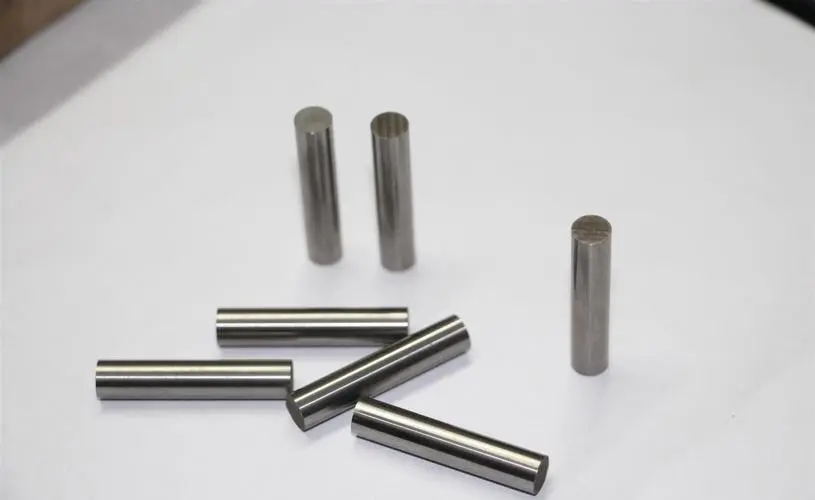
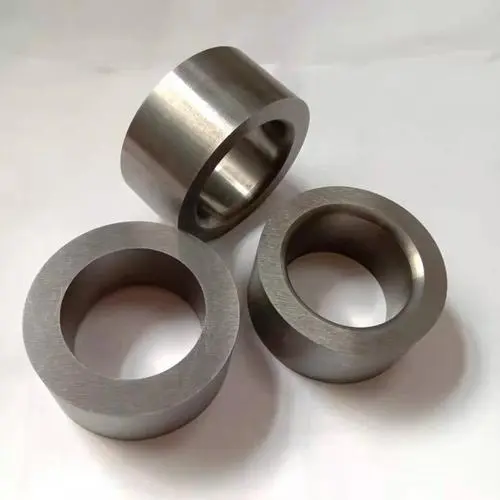
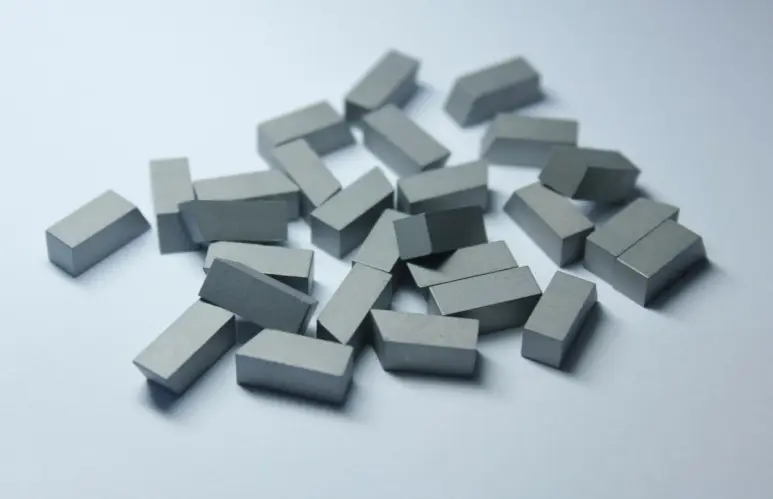
Cold Isostatic Pressing bags, CIP bags
